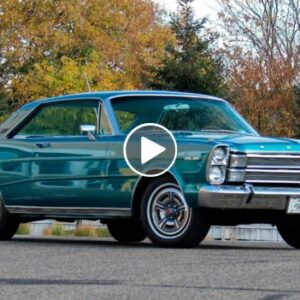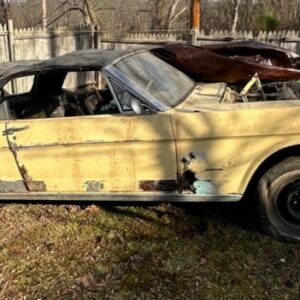British automakers like McLaren, Jaguar, Bentley, Rolls-Royce, Lotus, Aston Martin, and Land Rover produce some of the best sports cars which rival their German and Italian adversaries. But like every other automaker, the European country has had an equal share of incredible lows when it comes to unreliable cars.
The period between 1960 and 1980 saw British manufacturers produce some of the most beautiful but unreliable cars, either due to poor build quality, outdated technology, economic conditions, government policies, poor engineering, or electrical issues. As a result, owning these classic cars resulted in expensive repairs and difficulty obtaining spare parts. While they are some of the most sort-after cars today, these 10 beautiful British classics have incredibly high maintenance and repair bills.
10 Lotus Esprit
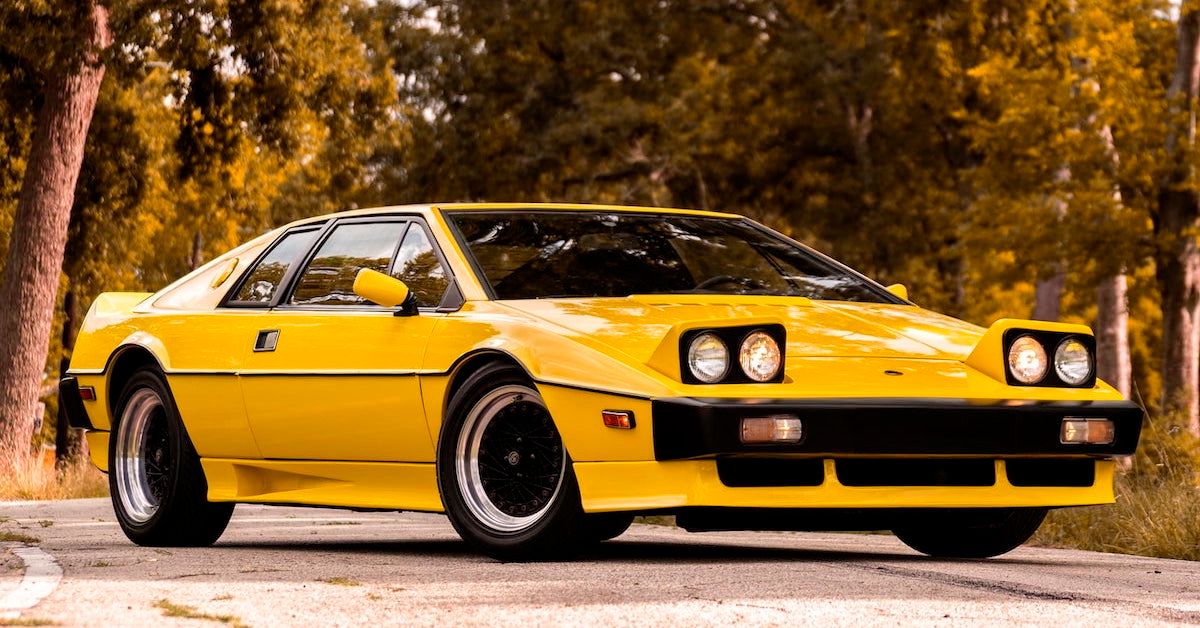
Back in the day, owning a Lotus Esprit made you wonder why anyone would spend more on a Porsche or Ferrari when the Espirit was cheaper and offered incredible handling and blistering mid-range acceleration. Its distinctive wedge shape design and supercar looks are head-turners.

Surprisingly, the Lotus Esprit is still affordable today, but high service and repair costs are likely to be a pain in your wallet. The Espirit’s 907 engine is the main culprit that contributed to its demise. Common problems included engine overheating and oil leaks. Additionally, the fiberglass body was prone to cracks without forgetting the vibration and rusting of the steel chassis.
9 Jaguar E-Type

The Jaguar E-Type reflects what British engineers can produce when they get down to serious business. It captivated enthusiasts’ hearts around the globe for decades thanks to the car’s gorgeous package and the marvelous inline-six, or the V12 engine in the Series III. Even Enzo Ferrari couldn’t hide his admiration of the E-Type when he called it “the most beautiful car ever made.”

However, amongst all the good things about the Jaguar E-type, reliability isn’t one of them, especially in the Series I model. Owning one today isn’t easy due to frequent repairs. According to Road & Track, more than 10% of the E-Type owners reported mechanical problems experienced in the cooling system, instruments, starter, clutch, fuel pump, and oil leaks.
8 Aston Martin V8 Vantage

The 70s iconic Aston Martin V8 Vantage stands out as an impressive car, provided you can keep it running. This is due to the typical British poor reliability record combined with the fact that the model is over 40 years old. The finish lacks the crack resistance and durability of modern cars. The aluminum body panels also suffer from corrosion, especially on every part that comes into contact with the car’s steel substructure.

Door sills, window pillars, door bottoms, and trunk floor are other problem areas that will have you put your mechanic on speed dial. Higher mileage units have mechanical problems in the ZF five-speed transmission, especially worn-out bearings and synchros. Finally, fixing the car’s body requires specialized work and personnel, which is extremely expensive.
7 Jensen Interceptor

The Jensen Interceptor is popular not only for having one of the coolest names but because it’s closely related to the Jensen FF – the first production car equipped with four-wheel drive and ABS in 1966. Impressive. However, you better look elsewhere when it comes to reliability and durability.
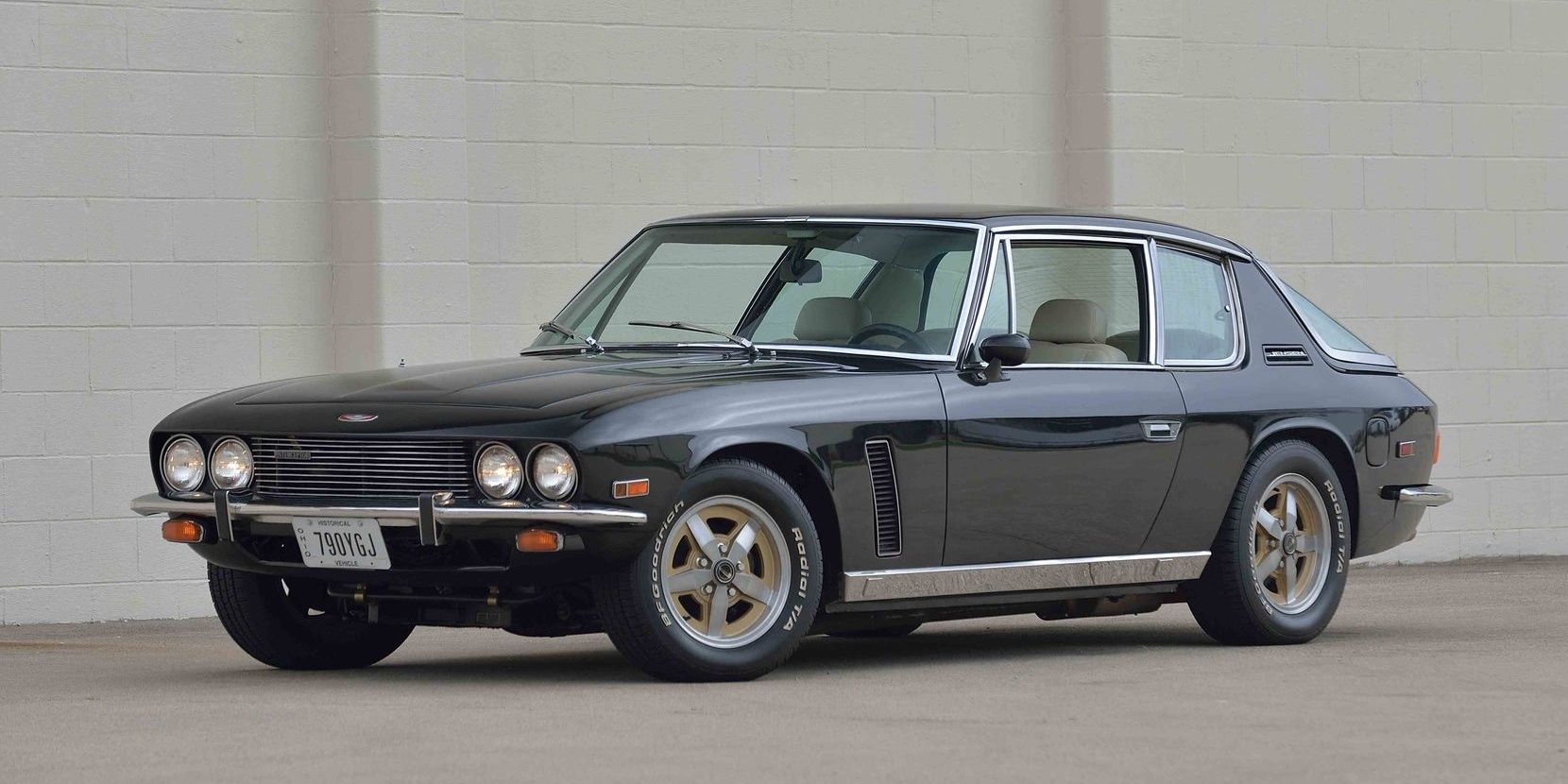
Well, the Jensen Interceptor has an American V8 engine under the hood, but don’t forget it’s still a British car. Two main issues plagued the interceptor. The first is rust which mainly affected the earlier Vignale-built Interceptors. Secondly, the car experienced severe electric faults that prompted the automaker to fit fire extinguishers. And being a hand-built car, repairs are expensive and time-consuming. Simple changes like hood repairs will fetch you over $1,000.
6 Aston Martin Lagonda

During the 70s, Aston Martin was really in bad shape. The company unveiled the Lagonda in 1976, two years before the British automaker went bankrupt. The Lagonda was highly overpriced, and unreliable.
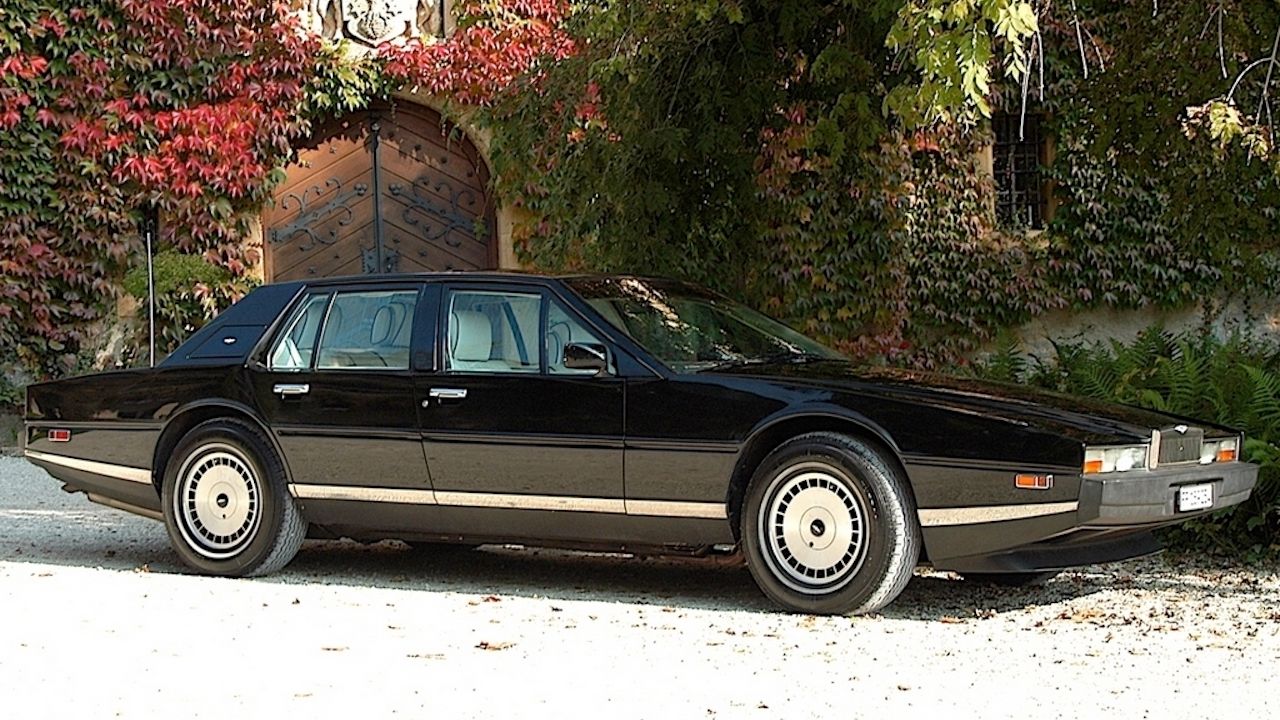
The car comes with amazingly modern cutting-edge electronics waiting to break down anytime. As such, the Lagonda is probably not a wise investment if reliability is what you want from a car.
5 Rolls-Royce Silver Shadow
---Front.jpg)
At its launch, the Silver Shadow represented a striking change from its predecessor, the Silver Cloud. While it was smaller and less attractive, the shadow dropped some weight; hence it was a better handler and faster than any Rolls-Royce that came before it. It captured the hearts of enthusiasts for over 30 years, something we can’t say about its replacement, the Spirit.
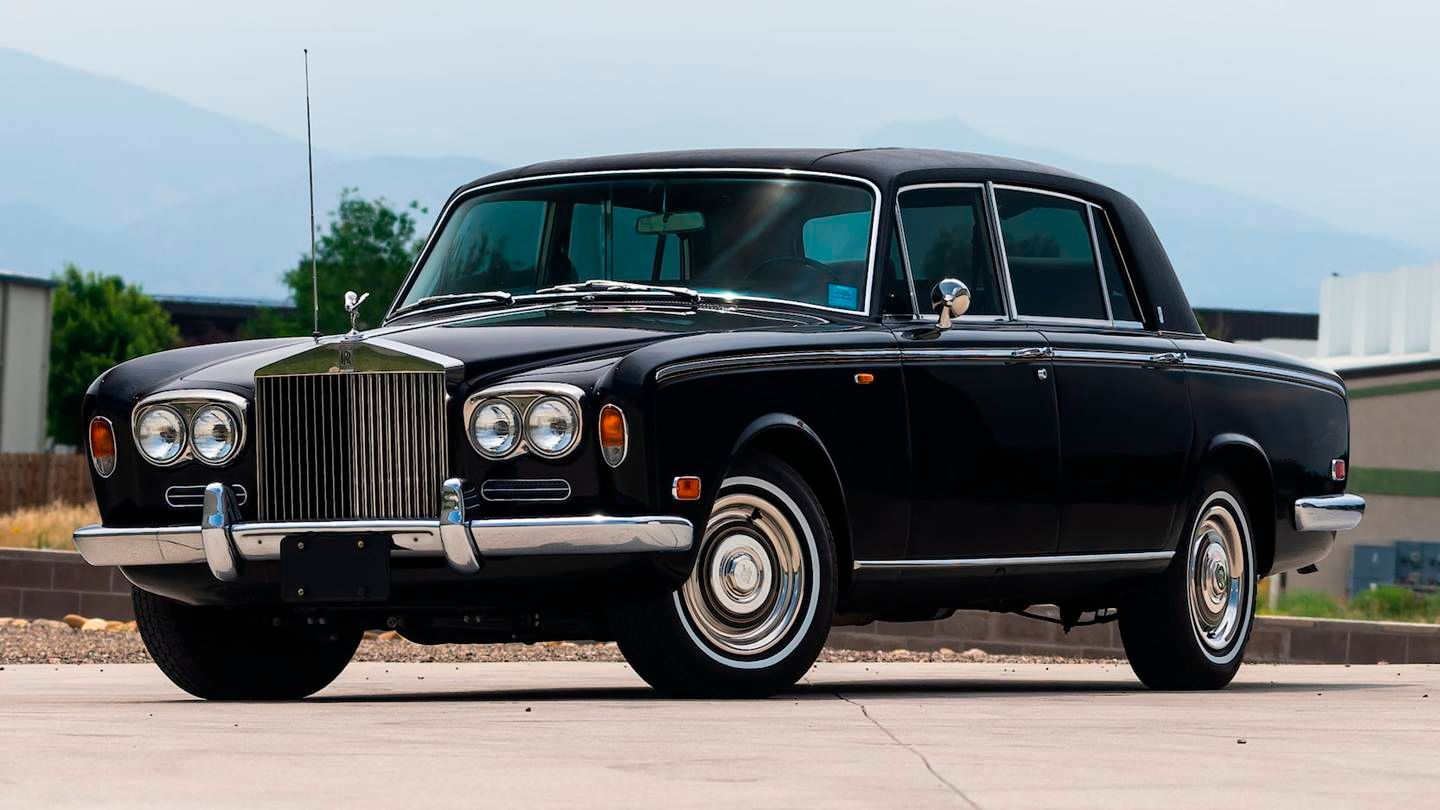
However, owning one today comes with daunting repair bills. Its sheer size means any faults are more expensive to fix compared to modern sedans. Sometimes the repair bill will exceed what you paid for this model. ClassicCarMag.net reports that the car’s biggest problems are rusting, as well as brakes, A/C, and suspension failure.
4 Triumph Spitfire
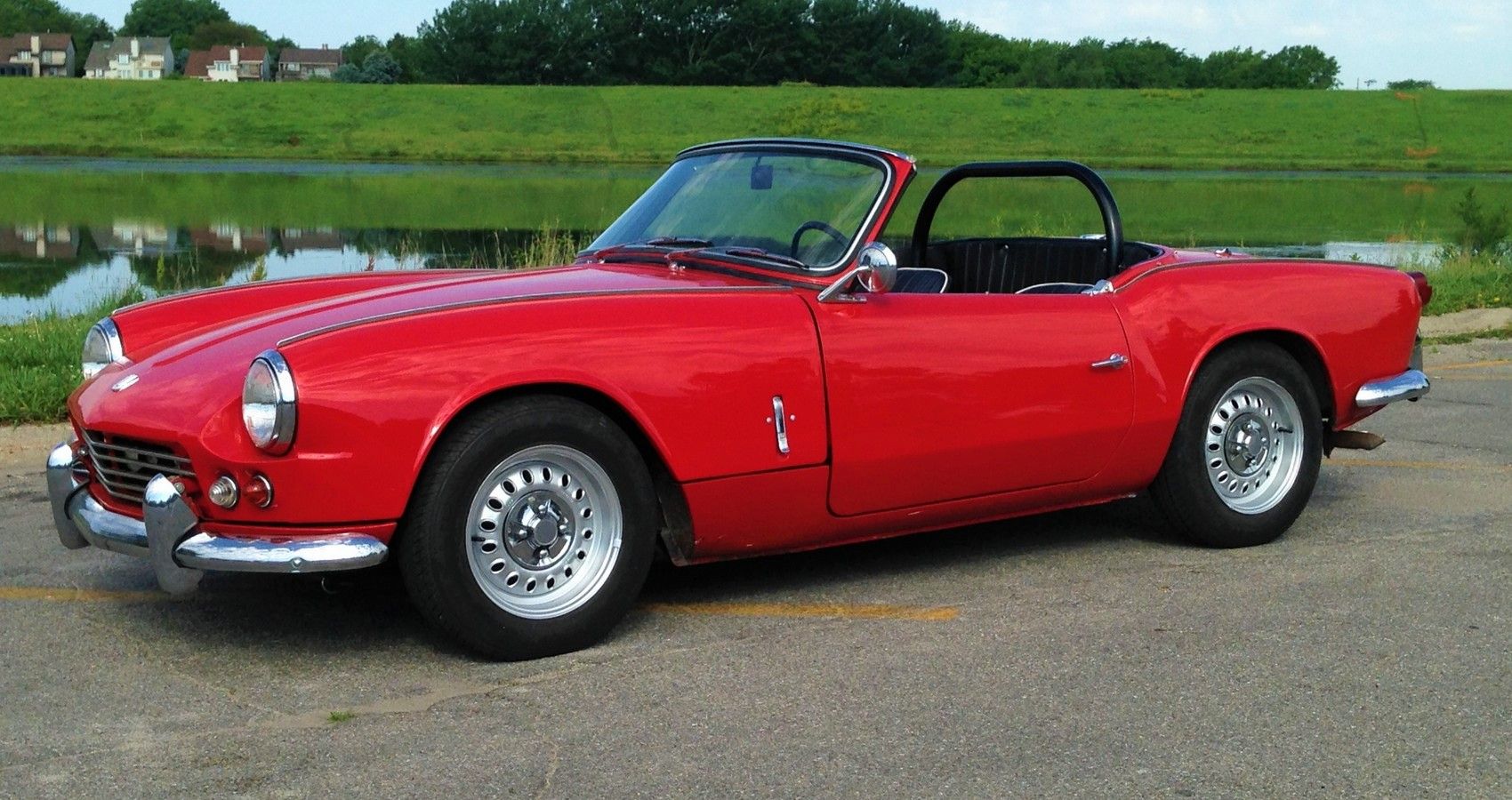
Launched in 1962, the Triumph Spitfire aimed to rival the Austin-Healey Sprite. Although the two-seater roadster lacked much power, its 1,477-pound curb weight meant the performance and handling were better than expected.

The Triumph Spitfire was dirt cheap, which we think is because of the abysmal build quality. Additionally, the frame looked weird and wasn’t rigid. Other common faults in this classic car include a problematic overdrive, crankshaft wear in the 1.5-liter engine, and worn-out thrust washers in the 1.3-liter engine.
3 Lotus Elan
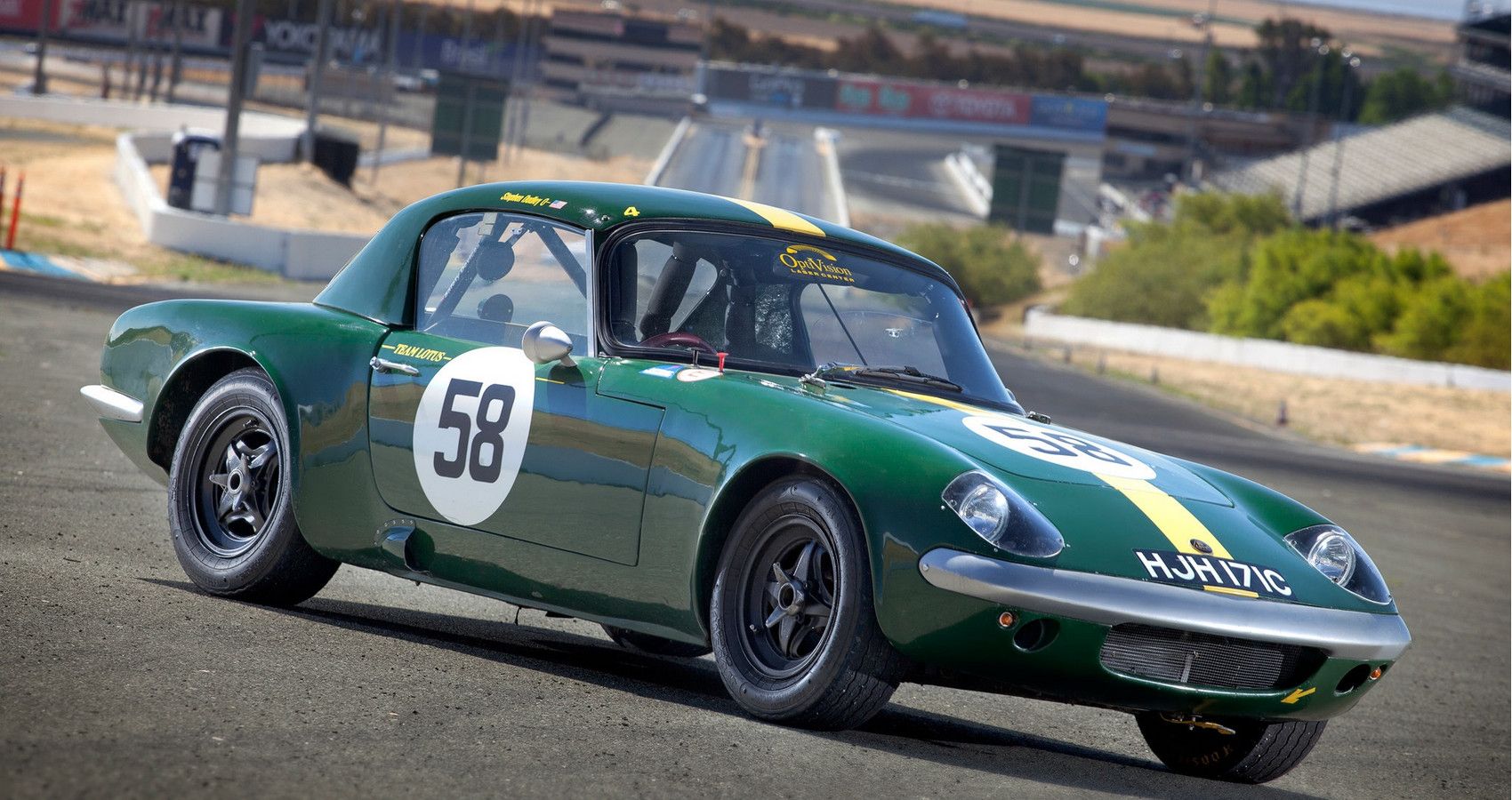
The allure of the early Lotus Elans (1963-’74) stemmed from the simple yet elegant styling, its lightness, and exceptional handling. Performance on winding roads will make you question why other sports cars of the era were so large and heavy. But being largely hand-built, featuring many ingenious but lightly constructed systems, buying one is generally asking for mechanical maladies.

The most common issues with the Elan all require costly repairs. Its steel backbone chassis often rots, which costs about £4000 ($4522) to fix because the brakes and other parts are usually overhauled at the same time. Additionally, repairing the cracking of its bodyshell will need the expertise of someone versed in working with fiberglass, also expensive.
2 MG Midget
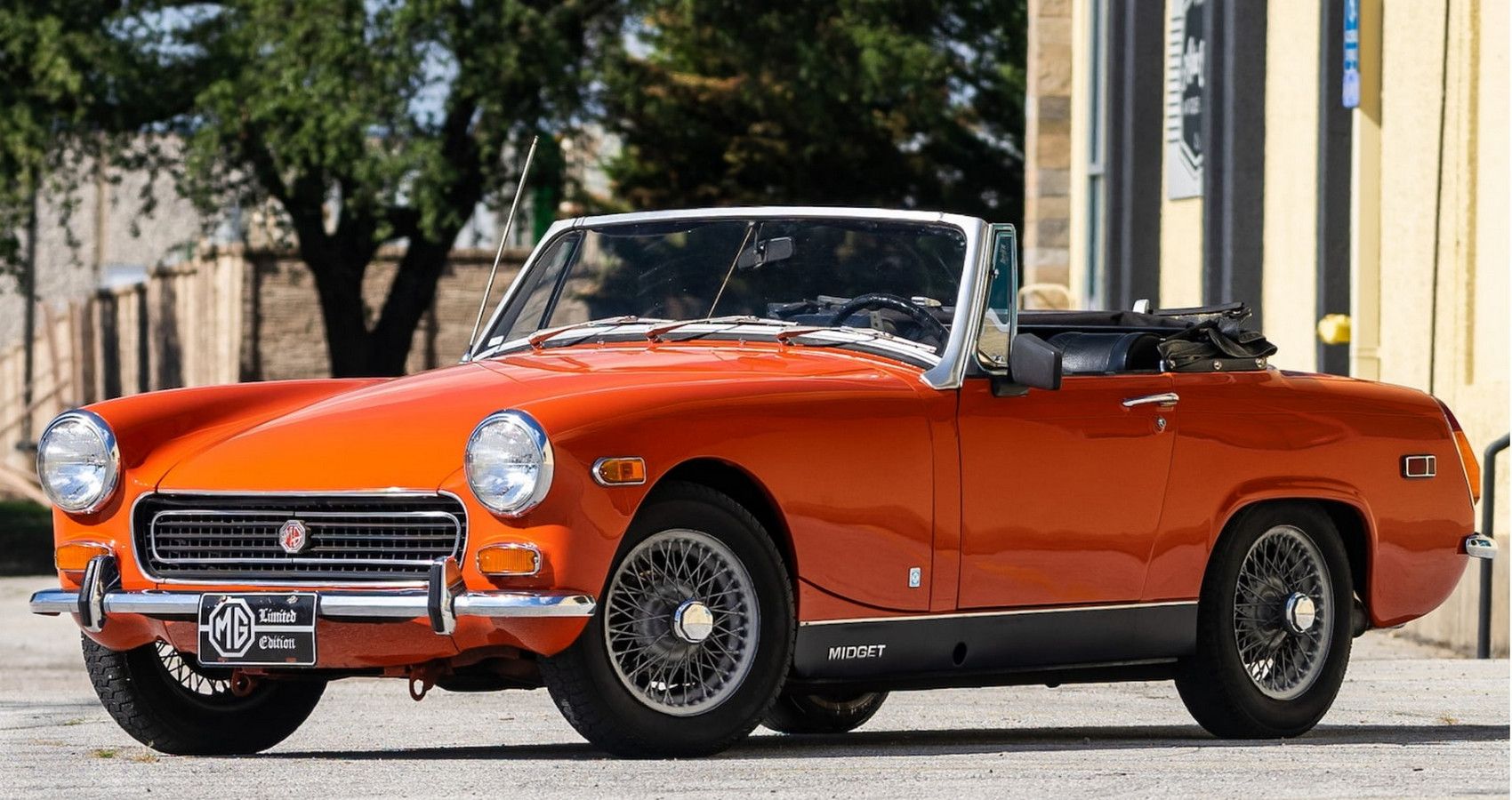
Produced from 1961 to 1980, this two-seat roadster gained popularity among enthusiasts and buyers on a budget. Like the Miata, the MG Midget is a joy to ride thanks to its all-around performance.
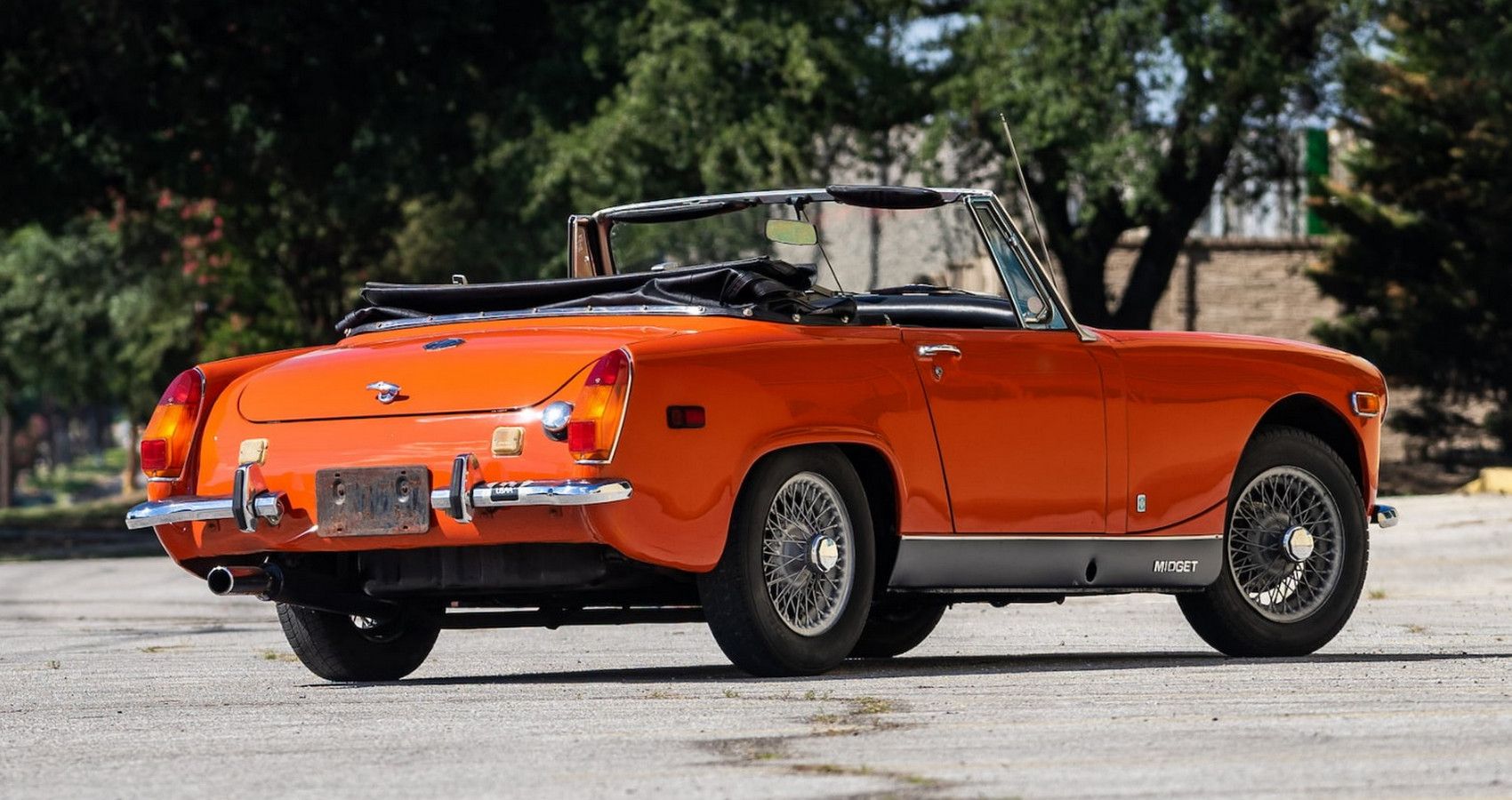
When it comes to the Midget’s reliability, corrosion is the main enemy. And although you can purchase new panels or shells, they are pretty expensive and require painting. Besides corrosion, earlier models with ‘smoothcase’ gearboxes are generally weak, and spare parts aren’t readily available.
1 Jaguar XJS
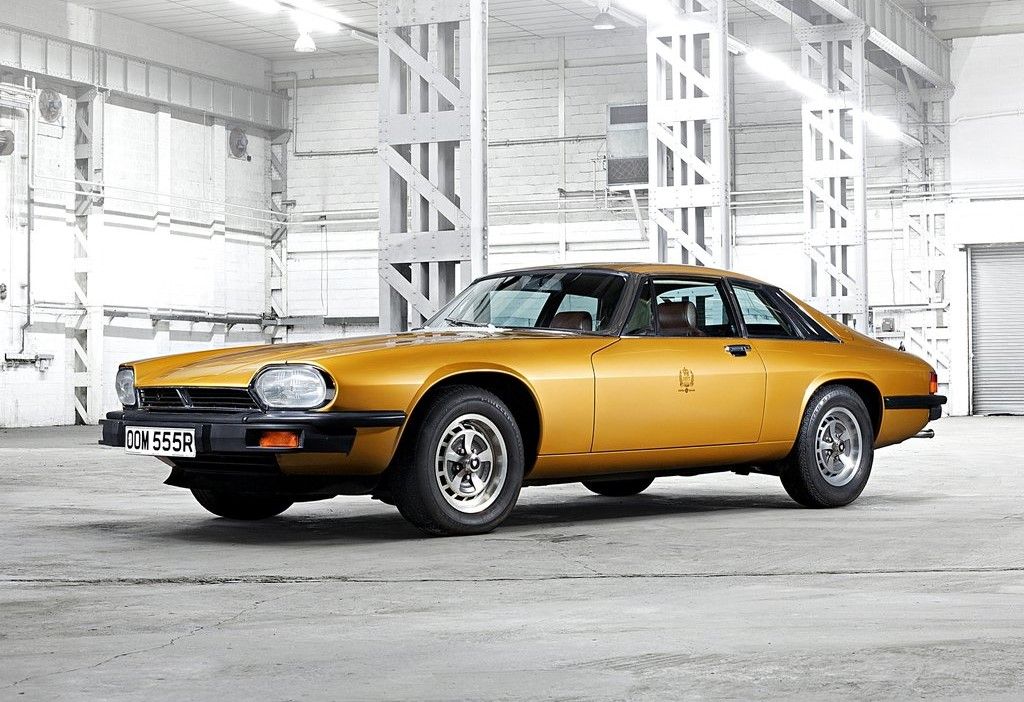
The XJS isn’t as popular and desirable as the Jaguar E-Type but provides the best value for your money. The V12 models are surprisingly affordable, but after several months of ownership, you’ll probably spend more time in the garage than on the road.
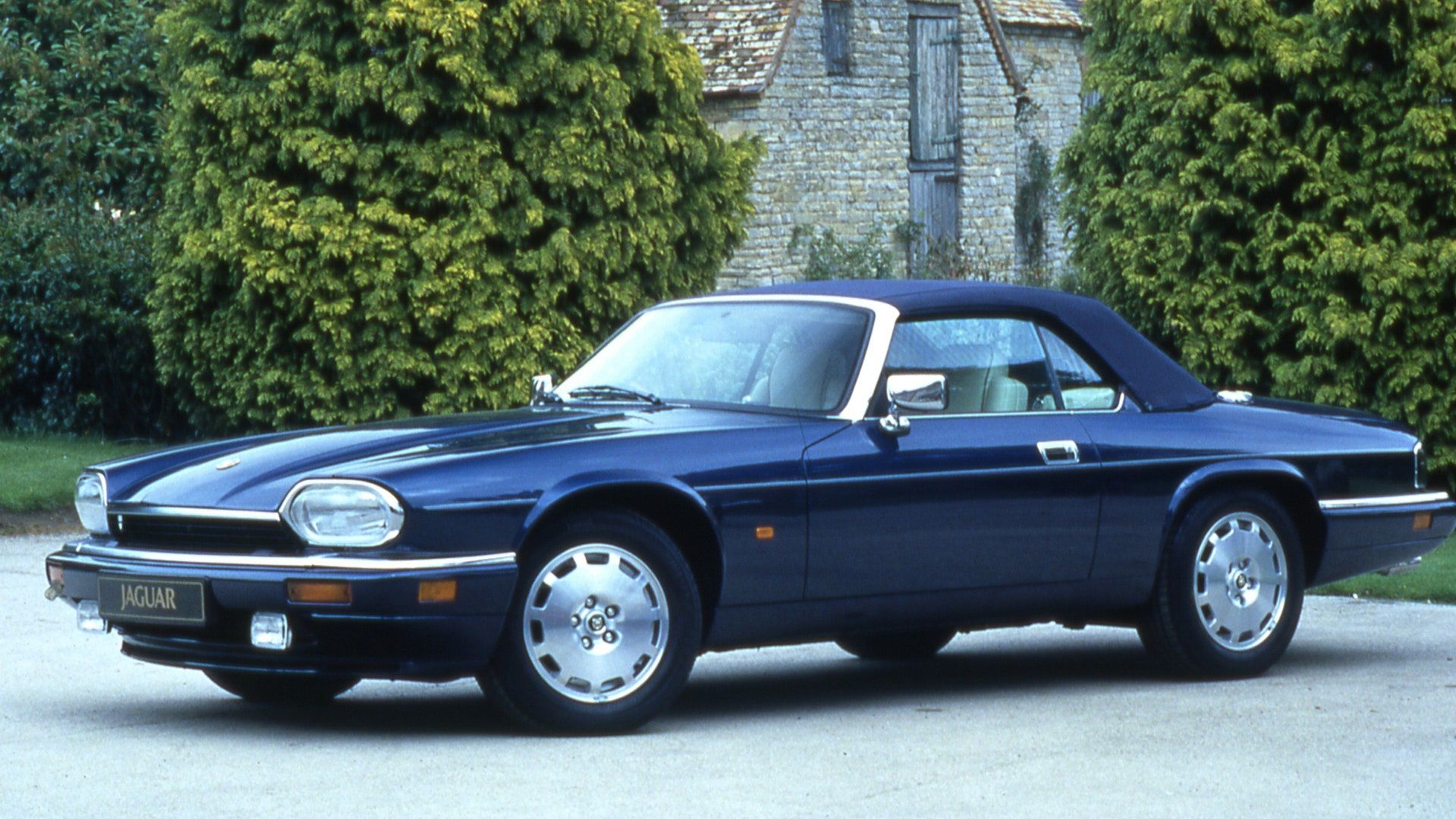
Like most Jaguar models, the XJS had problems like engine overheating, corrosions, water leaks, gearbox knocking, and stalling. In fact, between 1992 and 2001, Jaguar issued more than ten recalls citing mechanical faults. According to Final Gear forum users, early V12 versions could easily catch fire due to faulty engines and catalytic converters


